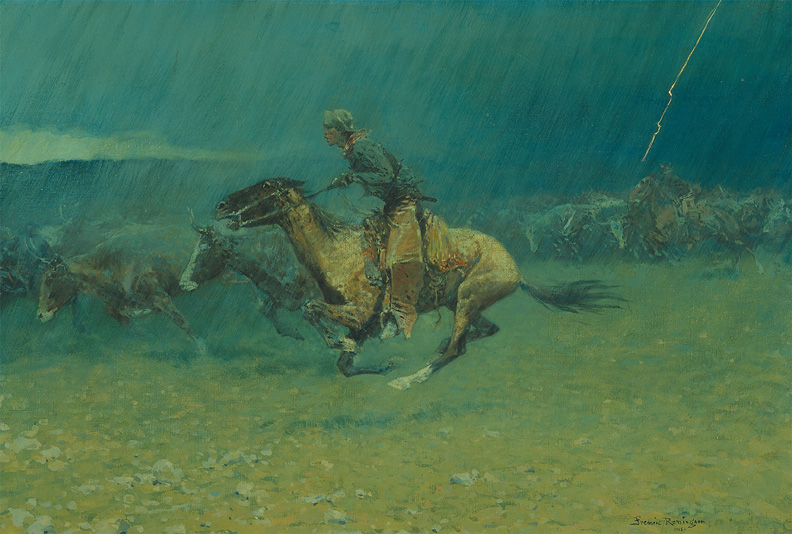May
Oklahoma Beef
Cattle are often grazed on land that can't be used for anything else because the terrain is too steep or hilly for building houses or too rocky or dry for growing crops. Cattle convert food that humans can't digest (grass) into protein that humans can eat.
 Teachers getting up close to a beef herd during AITC summer tour.
Teachers getting up close to a beef herd during AITC summer tour.
Cattle grazing on rangeland keep the prairie healthy, just as the bison and other grazing animals did before this area was settled. Cattle grazing helps control prairie fires by keeping the grass short. Their hooves press grass seed into the soil and aerate it, which helps grass and other plants grow better. They also provide fertilizer in the form of manure.
Cattle and calves ranked number one among all Oklahoma agricultural commodities in 2017, with a value of $2.858 billion. Cow-calf operations are in the business of producing cattle. The finished product of a cow-calf operation is feeder cattle or a weaned animal weighing between 600 and 800 pounds, ready to go on feed. Cow-calf operations usually sell their cattle crop to feedlots, who are in the business of producing high quality beef cattle by fattening them with grain and protein concentrates. Depending upon the weight of the animal at placement in the feedlot, feeding conditions, and desired finished weight, the feeding period can last from 90 days to 300 days, though it tends to average about 140 days.

Oklahoma City Stockyards
Oklahoma City's Stockyard City is the home of the largest stocker/feeder cattle market in the world. Since it opened in 1910, more than 102 million head of livestock have passed through its iron gates.
Beef-Related Educational Videos
- Colorful Cattle - Genetics and Grazing the Tall Grass Prairie in Kansas
- Who Put That Burger on Your Plate? Student-produced video from National Farm to School contest
You are a cowboy on a cattle drive. Write a letter home to your mother, letting her know what your days are like.

